I'm trying to build a new WebApi secured using access tokens from azure active directory.
I'm using .net core v3.1 and visual studio 2019.
I created a new project using the "Asp.net core web application" template and picked an "API" project and changed the authentication type to "Work or School Accounts" and set the App ID Url to Api://Automation/TestApi
Visual Studio then scaffolded me a web API with a mock weather forecast service which, if I comment out the [Authorize] attribute spins up nicely in a browser as expected. It also created me an Application Registration in AzureActive Directory.
With the [Authorize] attribute back in place I had trouble calling the API from a client app so I decided to call the API using postman to see what's going on.
I added a client secret to the app registration visual studio created and put a postman request together as below using the Application (client) Id and api://Automation/TestApi/.default as the scope.
This works fine and returns an access token however when I try to use that access token to call the default weatherforcast endpoint I get an HTTP 401 unauthorized error with the following in the WWW-Authenticate response header
"Bearer error="invalid_token", error_description="The audience 'api://Automation/TestApi' is invalid"
Is there something I'm missing? I cannot find any clue as to what the audience is expected to be and no obvious way of controlling that.
As Requested here is the content of the expose an API screen
and the decoded jwt token I am using
Update
I tried out @CarlZhao s answer below and it didn't really work. However I remembered a question I asked a while ago about the wrong issuer in the token the outcome from this is to manually edit the manifest json in the registration for the API and set "accessTokenAcceptedVersion": 2
Now I get a v2 function with the clientId guid as the audience
However, using this token still doesn't work!! I now get an error about the issuer:
Bearer error="invalid_token", error_description="The issuer 'https://login.microsoftonline.com/{{guid}}/v2.0' is invalid







